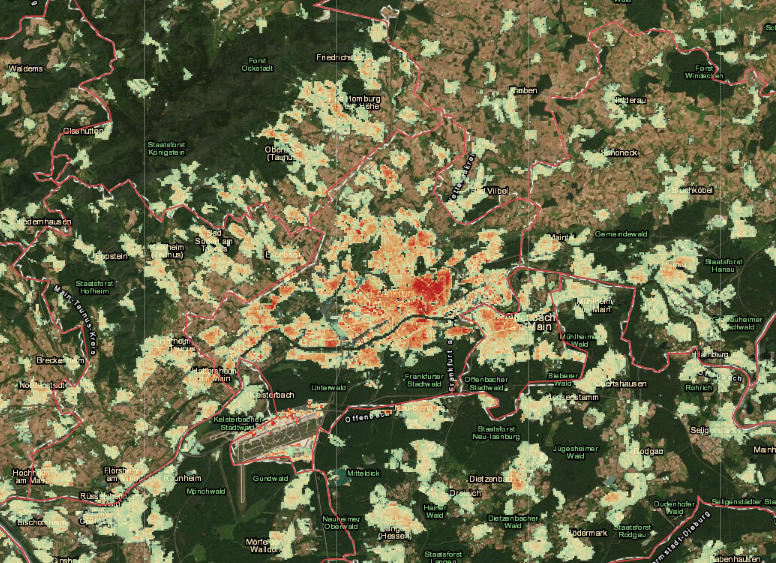Decarbonising cities: local resources first!
Heating and cooling strategies are key
Last week, we held the final conference of the Hotmaps project. The event took place entirely online to avoid any health risks, but it included different plenary and parallel sessions to keep it lively and more engaging for the participants. Around 70 people remained online all the time.
After a short welcome, Lukas Kranzl (Hotmaps project manager for the Technische Universität Wien), presented the toolbox and identified how different stakeholders involved in heating and cooling (H&C) planning can use it in their everyday work:
- City planners: as a data-driven decision making tool; as a support to develop Sustainable Energy and Climate Action Plans and engage with stakeholders, allowing to speed up the process
- Consultants: as a source of open data and source codes that you can use for your own tools; as a calculation tool to perform studies for your clients, and a way to more easily work abroad as if offers data for EU 28;
- Utilities: as a tool to identify potential areas of interest for projects and to easily perform pre-planning studies to be sent to potential customers; as a platform to share common data with your stakeholders;
- Researchers: as a resource centre for data and methodologies to produce knowledge, and a development platform for further projects.

The first round of parallel sessions was organised in form of a Q&A: the participants had the chance to learn more about the local H&C strategies developed using Hotmaps by the European pilot areas involved in the project which are also Signatories of the European Covenant of Mayors for Climate and Energy. They were also provided with more detailed information on the data collection process to create the Hotmaps’ database.
The plenary discussion around the theme of gas-free cities was moderated by Judith Neyer from Urban Innovation Vienna. Paul Fay, Energy Manager for the Municipality of Frankfurt, presented the city’s goals and strategy. Frankfurt’s masterplan aims at reducing demand by 50% and becoming carbon neutral by 2050. In order to get rid of fossil fuels, Frankfurt aims at extending its district heating (DHC) network and increasing the use of excess heat (for instance from datacentres). Thanks to the Hotmaps toolbox, they found out that this was the cheapest combination of intervention for them. Producing renewable heat seems to be cheaper than deep renovation of buildings, despite the fact that 75% of them will have to be retrofitted. However the problem of supplying peak heat demand in winter remains. Covering peak heat demand without fossil fuels is still a challenge! Solutions could come from thermal storage and low-carbon gases.
“Creating positive examples of sustainable heat is crucial for the success of the heat transition…Hotmaps could be used to allow residents of a certain area to give insights in the strategic choices and opportunities the planners are facing. That will help gain common ground later in the process”.
Els Struiving, Paddepoel Energiek
Els Struiving presented the very successful energy initiative launched by residents of the Paddepoel district in Groningen (the Netherlands). This area was heavily affected by the earthquakes induced by natural gas extraction. In 2016 they launched the renewable energy community Paddepoel Energiek and together with partner organisations they created Buurtwarmte (“DistrictHeat”) to provide local and renewable heat to 500 households!
Read the full article and access all presentations on the Hotmaps project website!

